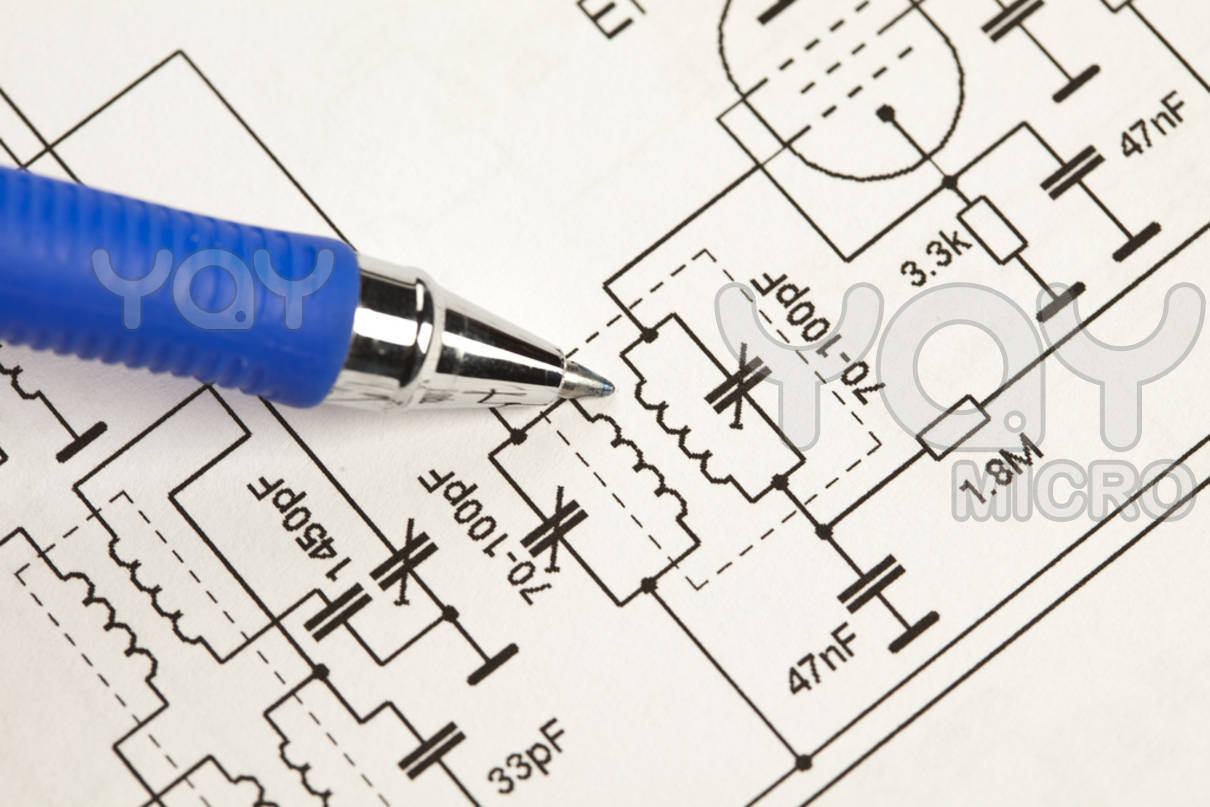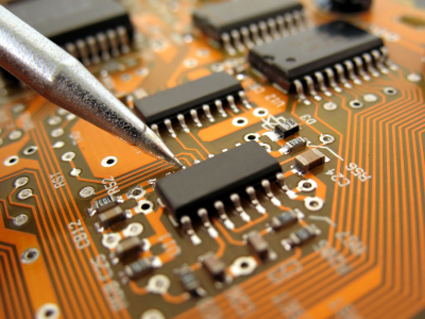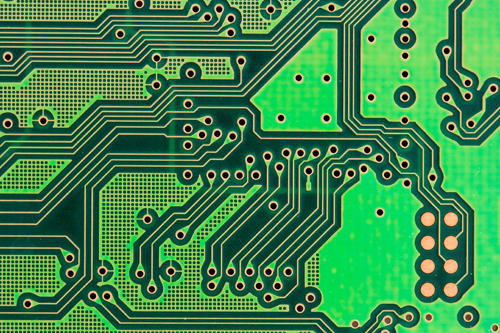|
G4USP |
Page last updated:
21/10/2012 |
Clocked
Serial I/O 16 Opto Inputs
Design
-
Provide parallel inputs via a serial port.
-
Low software / firmware overhead.
-
Simple design using
readily available components.
-
Low power consumption.
-
A small and compact design.
|
Circuit description
Here is shown the basic concept in block diagram form for 8
bits of input derived from 3 bits of I/O on the associated
microcontroller, to add a further bits of input (as with the final
design shown later) at no additional cost in terms of I/O on the
microcontrollers part, further shift registers are simply cascaded.
In practise there are three primary factors limiting how many
devices that can be cascaded, increasing drive requirements,
increasing capacitance, and software overhead as more devices are
added - reducing the possible data transfer rate, thus taking more
time to move data between the microcontroller and shift registers. |
 |
|
Now onto the inputs. If the input signals are TTL compatible the
they can be connected directly to thee data inputs of the shift
register, however be aware of potential problems arising from a
circuit running on a different power supply. One of the better
option is shown opposite, an opto coupler. There are numerous
devices available, from individual devices in a 4 pin package, to
larger packages containing multiple devices. In my design shown
later I have used several TL191's for no other reason than I had a
tube full of them, were I buying new devices I might have chosen a
quad opto package. |
 |
 Serial 16 Opto Inputs schematic:
Serial 16 Opto Inputs schematic:
 Serial 16 Opto Inputs component placement / layout:
Serial 16 Opto Inputs component placement / layout:
 Serial 16 Opto Inputs PCB bottom trace:
Serial 16 Opto Inputs PCB bottom trace:
Driver Software:
Included here are some drivers I wrote for
the PIC12F509 microcontroller. Three versions, the original in which both input
and output devices were implemented, and two cut down versions one for input
devices only and one for output devices only. The original realised 32 bits of
input and 32 bits of output from five lines I/O on the microcontroller.
Combined I/O driver CKSIO.ASM
Input only driver CKSIOinput.ASM
Output only driver CKSIOoutput.ASM
Original Files:
Further to the details of the pages above -
the original CAD files created using EAGLE PCB Design software are included
below, along with associated PDF files of both schematics and PCB layouts
suitable for printing directly.
To use the original CAD files, they must be
opened with EAGLE. Visit the CADsoft
web site for more details, the software (including a freeware version), part
libraries, tutorials, for EAGLE are available.
Serial 16 Opto Inputs schematic PDF
Serial 16 Opto Inputs PCB
component layout PDF
Serial 16 Opto Inputs PCB
bottom track layout PDF
Serial 16 Opto Inputs EAGLE schematic
Serial 16 Opto Inputs EAGLE board
BACK HOME




